Has the hybrid blown the horn of counterattack against pure electricity?
In June this year, the new automobile brand LINXYS under WULING NEV launched the hybrid pickup truck called Golden Truck whereby the hybrid technology is applied in the new-energy pickup truck models for the first time, catching much attention and causing a hot discussion.
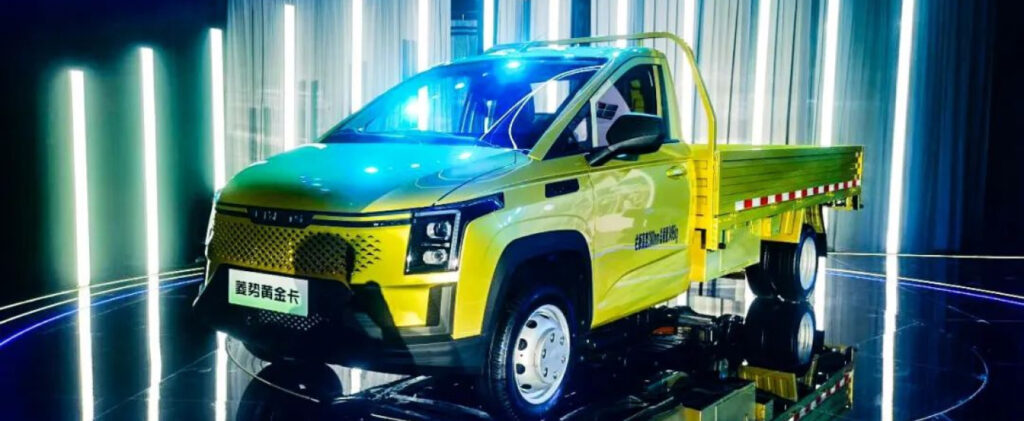
In the field of new-energy pickup trucks, LINXYS first blew the entry horn for hybrid vehicles. Huang Haohua, Marketing Director of WULING NEV, said that according to the statistics of the number of insured cars in 2022, pickup trucks have amounted to 519,000 units in China, among which the new-energy pickup trucks only account for 2.5%, the pickup truck market is still occupied by fuel vehicles. To this end, WULING NEV has rolled out a new product called LINXYS Golden Truck, and as the first hybrid pickup truck in China, it has pioneered the solution to the pain points of fuel vehicle and electric vehicle users, and expects to open the vast blue ocean market of hybrid pickup trucks and create a big era of hybrid pickup trucks. Whether more OEMs will apply the hybrid technology to new-energy pickup truck models in the future, the market performance of LINXYS Golden Truck is critical. If market sales are considerable, automobile enterprises on the sidelines have a good reason to get in on the action, and more hybrid pickup truck models are sure to come out in the future.
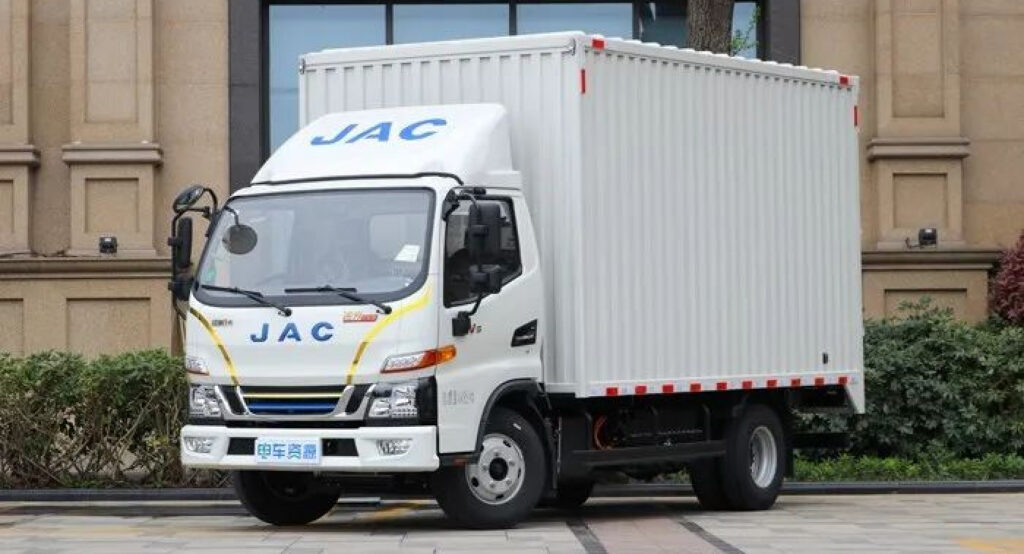
Aside from hybrid pickup models, the largest concentration of hybrid technology is in the light truck market. In the first half of this year, Remote Car launched the Xingzhi H methanol extended-range light truck, Foton Aumark launched the PHEV hybrid light truck called Aumak Zhilan, and JAC launched the Junling Treasure Bowl hybrid light truck; in July, the FOTON OLLIN Zhilan HL hybrid light trucks appeared on the market, and BYD super hybrid light truck models are likely to be officially introduced in the next half year. Looking back at a number of hybrid light trucks in 2022, more and more OEMs are putting in time and energy on hybrid vehicles, and hybrids seem to be blowing horn of counterattack against pure electricity.
How big is the market for hybrid pickup trucks and light trucks?
In the field of new energy commercial vehicles, Remote Car is the first enterprise to develop hybrid light trucks. Yamakawa, Deputy General Manager of Remote Car Extended-Range Sales Company, said in an interview that the size of the hybrid market should be viewed from both short-term and long-term perspectives. In the short term, fuel hybrid light trucks and pickup trucks, as effective supplements to short and medium distance intercity transportation, have a certain market space. According to data from Electric Vehicle Resource Website, the hybrid light truck (including diesel hybrid, gasoline hybrid, and methanol hybrid) sales were 1,401 units in 2022, representing a market share of 3.4%; in 2023, the hybrid light truck sales were 927 units from January to May, representing a market share of 10% and a year-on-year increase of 69%. This suggests that hybrid light trucks are less affected by the cancellation of allowance for purchasing new energy vehicles, and can meet the needs of some regions and scenarios where charging facilities are not perfect.
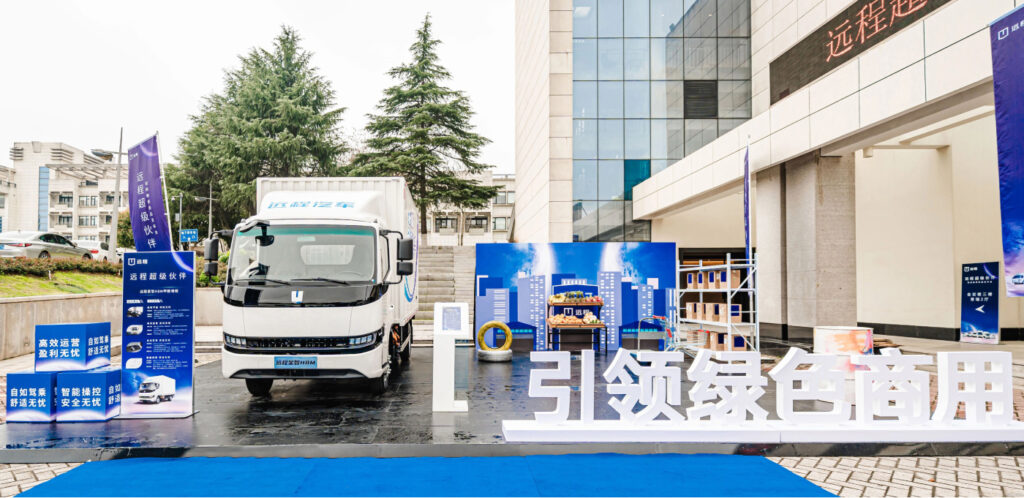
In the long term, the low-carbon, efficient and clean energy technology roadmap represented by methanol will be the mainstream hybrid development direction in the future, and will be gradually matching with suitable scenarios and customer groups to occupy a place in the subdivision, and the market size is also very considerable. The Electric Vehicle Resource Website expects that by 2025, its annual sales will exceed 20,000 units. The new Yuancheng Xingzhi H8M methanol extended-range light truck recently launched by Remote Car has a comprehensive endurance mileage of more than 1,000km, with actual energy consumption of only 40% of that of a fuel vehicle. After a new model is officially introduced, it often takes some time for the market to adapt and accept it, and its subsequent market performance needs to be observed before any pre-judge is made.
Cold chain and intercity logistics will be the origin of force of hybrids.
In general, hybrid vehicles have the following advantages over pure electric models: One is that the endurance mileage is longer, thus can meet the needs of long-distance transportation; secondly, shorter charging time or no need to charge can reduce the cost of parking and waiting time; thirdly, the engine can provide auxiliary power to adapt to complex and changeful road conditions and load conditions; fourthly, they can meet the high-power electricity demands of air conditioners, refrigerators and so on to improve driving comfort and ensure cargo freshness. As a result, hybrid vehicles would be a better choice for those scenarios such as long-distance transportation, complex road conditions, inconvenient charging, or high electricity demand for refrigeration. However, for those scenarios such as short-distance transportation, good road conditions, convenient charging or no need for refrigeration, pure electric models may have more advantages.
Yamakawa added that, “accepting or rejecting hybrid vehicles in intercity transportation and urban distribution depends on the usage scenarios, generally, the selection of hybrid vehicles in intercity transportation and urban distribution should be based on the specific transportation distance, load conditions, charging conditions, road conditions, ambient temperature and other factors.”
In terms of sales, the city distribution market is still dominated by pure electric models. According to statistics from the Electric Vehicle Resource Website, from January to May 2023, the new-energy light truck sales were 8,000 units, including 1,260 hybrid light trucks, and the two best-selling models were the JAC 1-truck Junling Treasure Bowl and the Yuancheng extended-range GLR. Generally, the market share of pure electric models is much higher than that of hybrid vehicles.
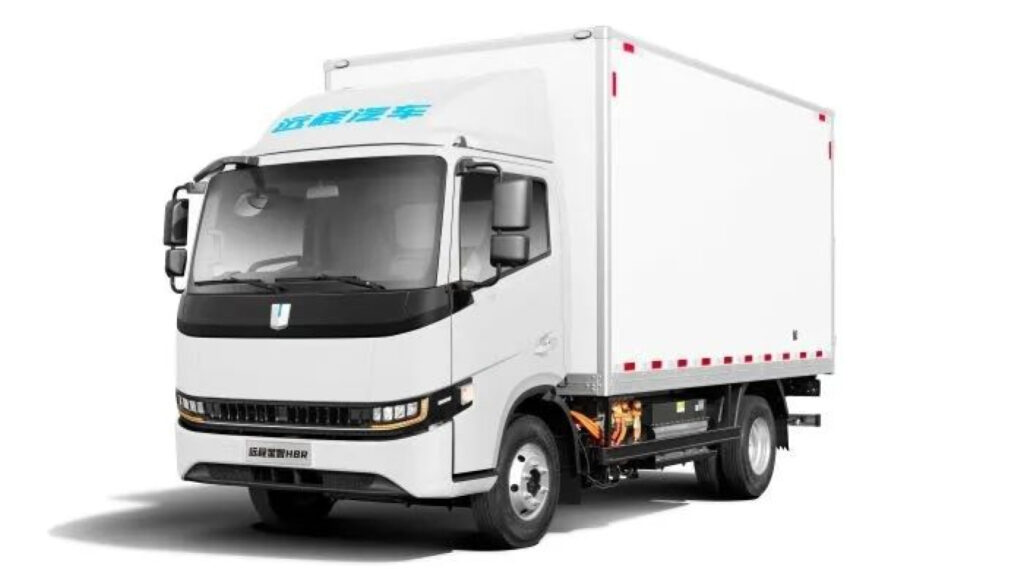
At present, hybrid light trucks mainly meet two usage scenarios, one is intercity logistics. Intercity logistics is featured by long transportation distances, complex and changeful road conditions, and imperfect or unevenly distributed charging facilities. In this scenario, hybrid vehicles can utilize the engine to provide power or generate electricity to extend endurance mileage, reduce the charging frequency and time, adapt to different road conditions and load conditions, and improve transportation efficiency and safety. The second is cold chain logistics. Cold chain logistics is featured by timeliness, high attendance, and high added value of cargoes, and in order to keep the cargo in a low-temperature state, the top-loading needs to consume more electric energy to provide refrigeration function. Compared with a pure electric refrigerated vehicle, the cargo box cooler of a hybrid refrigerated vehicle is a belt-driven oil cooling unit with costs much less than the electric refrigeration unit, as a result, the acquisition cost of a hybrid refrigerated vehicle is much lower than that of a similar pure electric refrigerated vehicle. In this scenario, the hybrid vehicle has a long endurance mileage, high reliability, high transportation efficiency and greater adaptability.
Where is the market breakthrough of hybrid light trucks and pickup trucks?
Since this year, hybrid technology has been very mature in the field of new energy light trucks, and many OEMS have launched hybrid vehicles one after another, compared with the rapid development of pure electric light trucks and pickup trucks, the development of hybrid vehicles is still in the early stage.
In terms of policy, hybrid light trucks have a higher right of way in many cities where trucks are restricted, but benefit little from massive government subsidies. Technically, hybrid light trucks and pickup trucks still need to continuously enhance their technical level and product power in order to get better results in the market. In terms of market demand, fuel light trucks and small trucks still dominate different subdivisions such as intercity logistics and cold chain logistics. In terms of cost, the acquisition cost of hybrid vehicles is generally higher than that of fuel vehicles, and their operating costs do not have a significant advantage over pure electric light trucks in city distribution. If these problems can be solved, hybrid vehicles will usher in a larger market in the future.
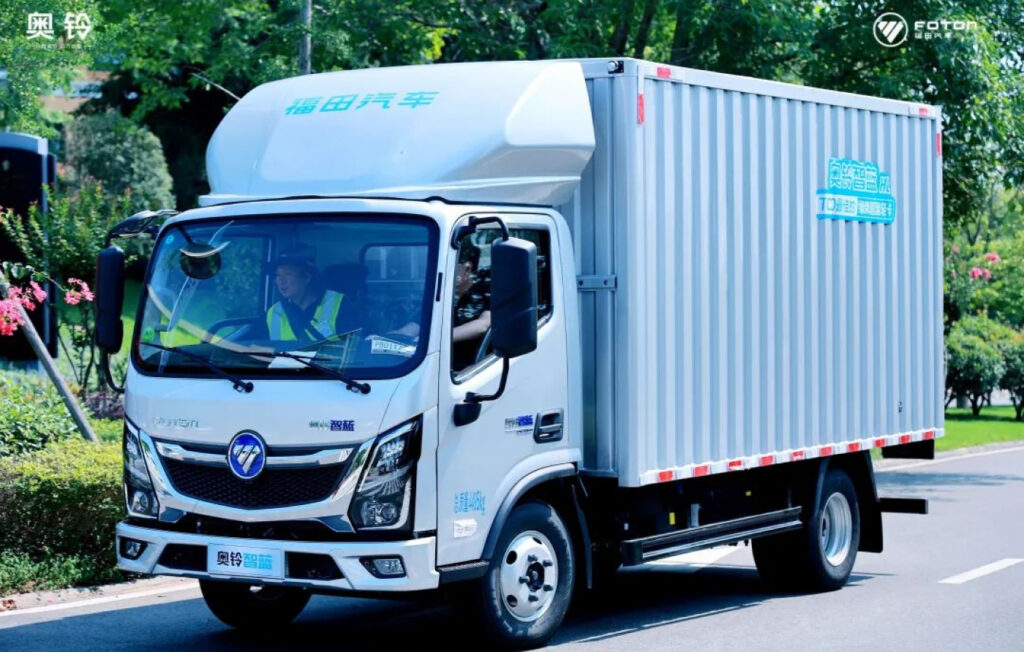
Since this year, we can see that more and more OEMs have begun to lay out hybrid products, accelerate the development of the new energy vehicle industry, providing more personalized and differentiated products and services, design more suitable models and configurations, and offer more flexible financial policies and convenient after-sales service guarantees.
As Yamakawa said: “Maintaining a technology-leading advantage and leaving your rivals behind is one of the inflexible laws in the business environment. However, the concepts of openness and cooperation, mutual benefit and win-win result and huddling together for warmth have been particularly prevalent in the automotive industry this year. We are also happy to see mainstream automobile enterprises are laying out hybrid products in a bid to jointly build the core parts supply chain advantages of hybrid products, and jointly promote the new energy industry change.”
Summary
Hybrid light trucks have the dual advantages of long endurance mileage of fuel vehicles and low carbon environmental protection of new energy vehicles, and also have the advantage of right of way granted by the green license plate. So, under the trend of decreasing purchase prices, they will definitely receive more and more attention from drivers, distributors, operators, and transportation enterprises. At present, the emergence of hybrid light trucks and pickup trucks is trying to take over the transportation capacity of fuel light trucks, at least in 10 years, hybrid light trucks should have a benign development to undertake important tasks for the transition from fuel light trucks to new energy light trucks in the city distribution and intercity logistics industry.
